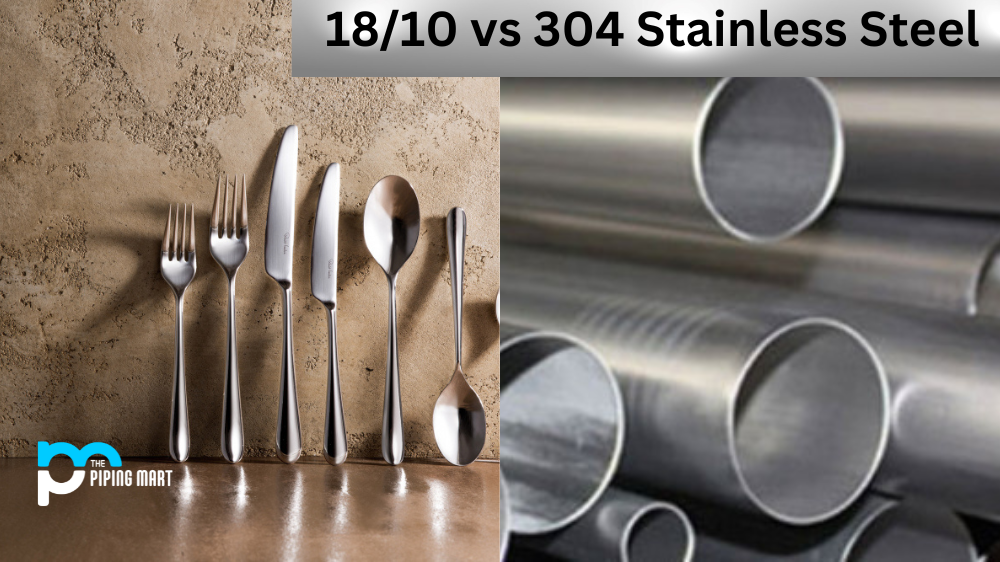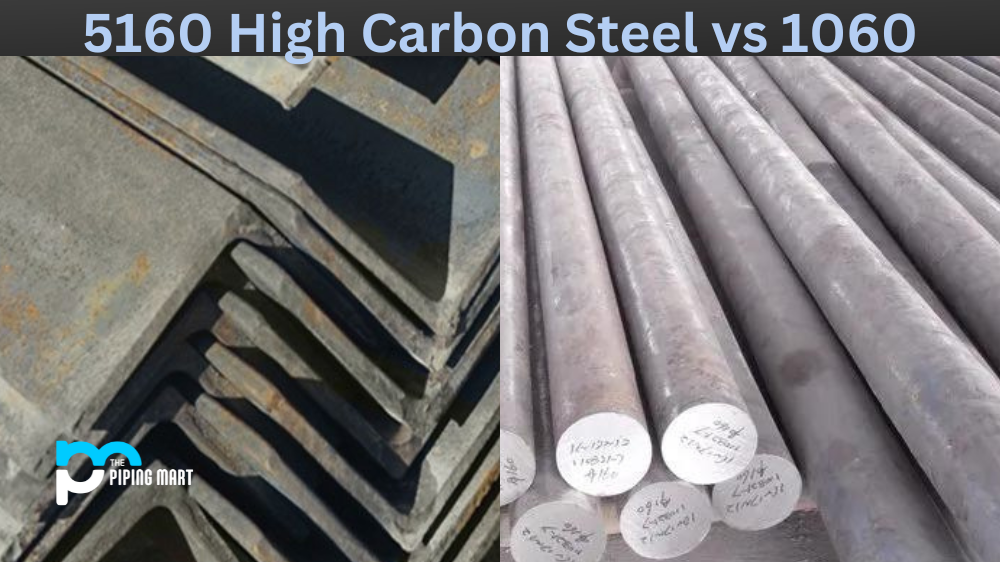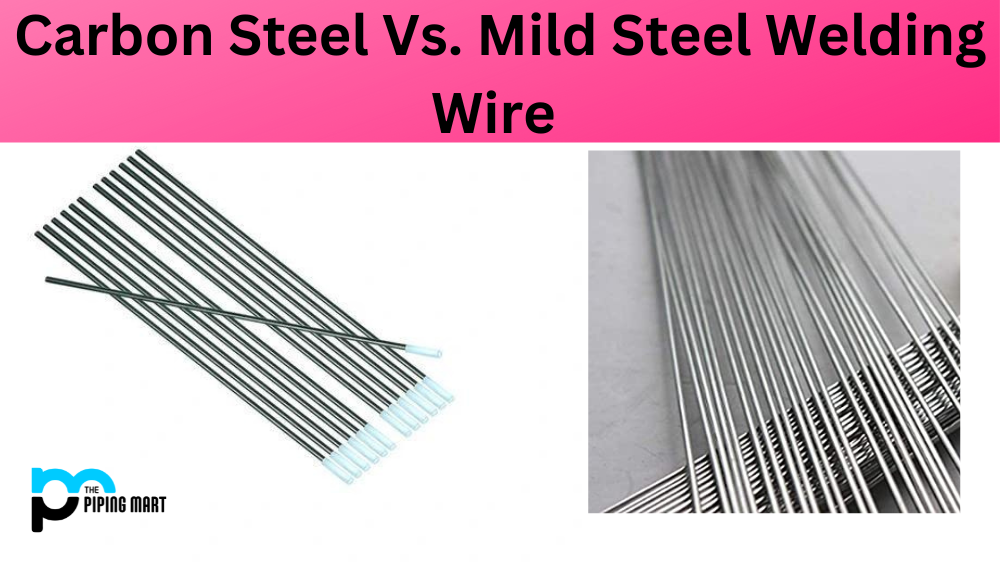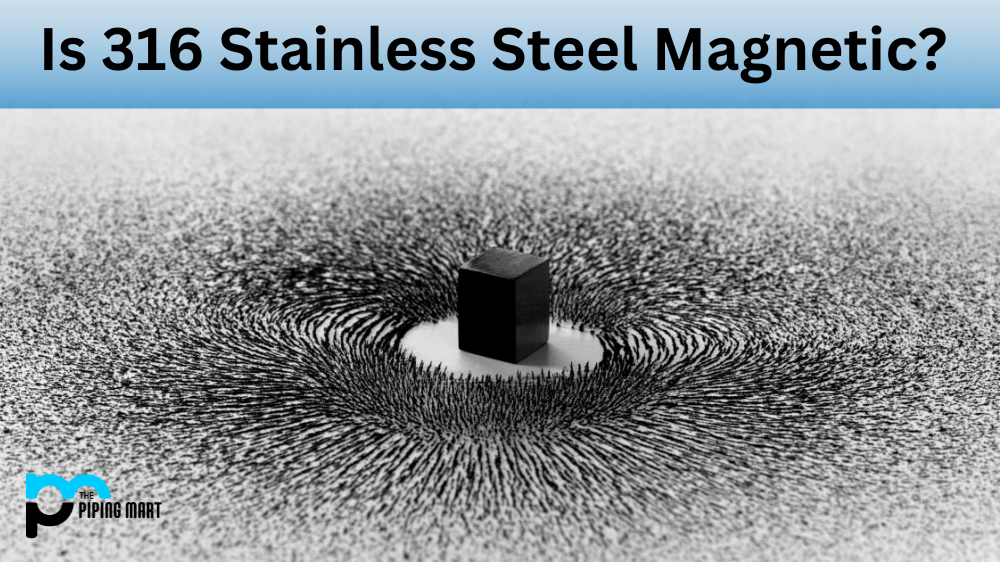Are you confused by the different types of stainless steel available? You’re not alone! There are numerous types of stainless steel, and two commonly used in kitchen applications are 304 SS vs. 18/10. Let’s look at what sets these two grades apart and how they can be used effectively in your kitchen.
What Does 18/10 Stainless Steel Mean?
18/10 stainless steel is generally considered very high quality in the world of kitchenware. It contains 18% chromium and 10% nickel, making it resistant to rust, corrosion, and staining. The presence of nickel also gives it a hard surface finish that’s incredibly durable. In fact, 18 – 10 stainless steel makes an excellent material for cookware or cutlery because it can last for many years with proper maintenance. Not only is this form of stainless steel one of the most enduring materials on the market – it’s also quite affordable. All in all, 18/10 stainless steel is an economical choice that offers great longevity and resistance which make it a good option if you’re looking for quality kitchenware at a reasonable price!
SUS 304 Meaning
304-grade stainless steel (also known as Type 316) contains 16-18% chromium, 8-12% nickel, 0.08-0.20% carbon, 2-3% molybdenum, and trace amounts of other elements, including sulfur and silicon. This combination makes it highly resistant to corrosion and extremely durable in high temperatures—ideal for any kitchen appliance where heat resistance is essential. Additionally, because the carbon content in this type of stainless steel is low compared to other grades, it has excellent welding properties, which make it easier to fabricate into complex shapes such as curved pieces or intricate designs.
Difference Between 18/10 and 304 Stainless Steel
Regarding flatware, two types of stainless steel are the most common: 18/10 steel and 304. The main difference between 18/10 stainless steel vs 304 is in the amount of chromium and nickel that each contains. 18/10 stainless steel contains 18% chromium and 10% nickel, while 304 SS contains 18% chromium and 8% nickel.
Chromium
Chromium is a critical element of stainless steel, as it helps to prevent corrosion. The higher the amount of chromium in a piece of flatware, the better it will resist rust and corrosion. However, too much chromium can make flatware more susceptible to scratching.
Nickel
Nickel is another critical element of stainless steel, as it helps to give the metal its shine and lustre. It also makes the metal more resistant to corrosion. However, like chromium, too much nickel can make flatware susceptible to scratching.
Durability
18 10 stainless steel is more durable than SUS 304 , as it contains more chromium and nickel. This makes it better at resisting rust and corrosion. However, because of the higher amounts of these elements, 18/10 stainless steel is more susceptible to scratching than 304 stainless steel.
Cost
18/10 stainless steel is typically more expensive than 304 stainless steel, as it contains more chromium and nickel. However, the price difference is usually only a few dollars per piece of flatware.
Conclusion:
So which type of stainless steel should you use for your kitchen appliances? Ultimately it depends on your individual needs; if you’re looking for something durable with excellent heat resistance, then 304 grade might be the best choice. On the other hand, if you need something more malleable with more excellent rust resistance, then 18/10 could be the better option for you. With both varieties offering unique benefits, you’ll find one that perfectly suits your needs!
Meet Heer, a dynamic and driven writer learning tricks of her trade in the metal industry. With a background in Digital Marketing, Heer brings a unique perspective to her writing, sharing valuable insights. Apart from blogging she like reading and hiking.





I’m looking for kitchen appliances that can withstand high temperatures. Would 304 stainless steel be the better option due to its exceptional heat resistance?
Yes, 304 stainless steel is an excellent choice for kitchen appliances that will be subjected to high temperatures. It has a high resistance to heat and can withstand temperatures well above what you’d typically encounter in a kitchen setting. This makes it a popular material for items like cookware, grills, and ovens. Additionally, 304 stainless steel is known for its durability, corrosion resistance, and ease of cleaning, making it a reliable option for a wide range of kitchen applications.